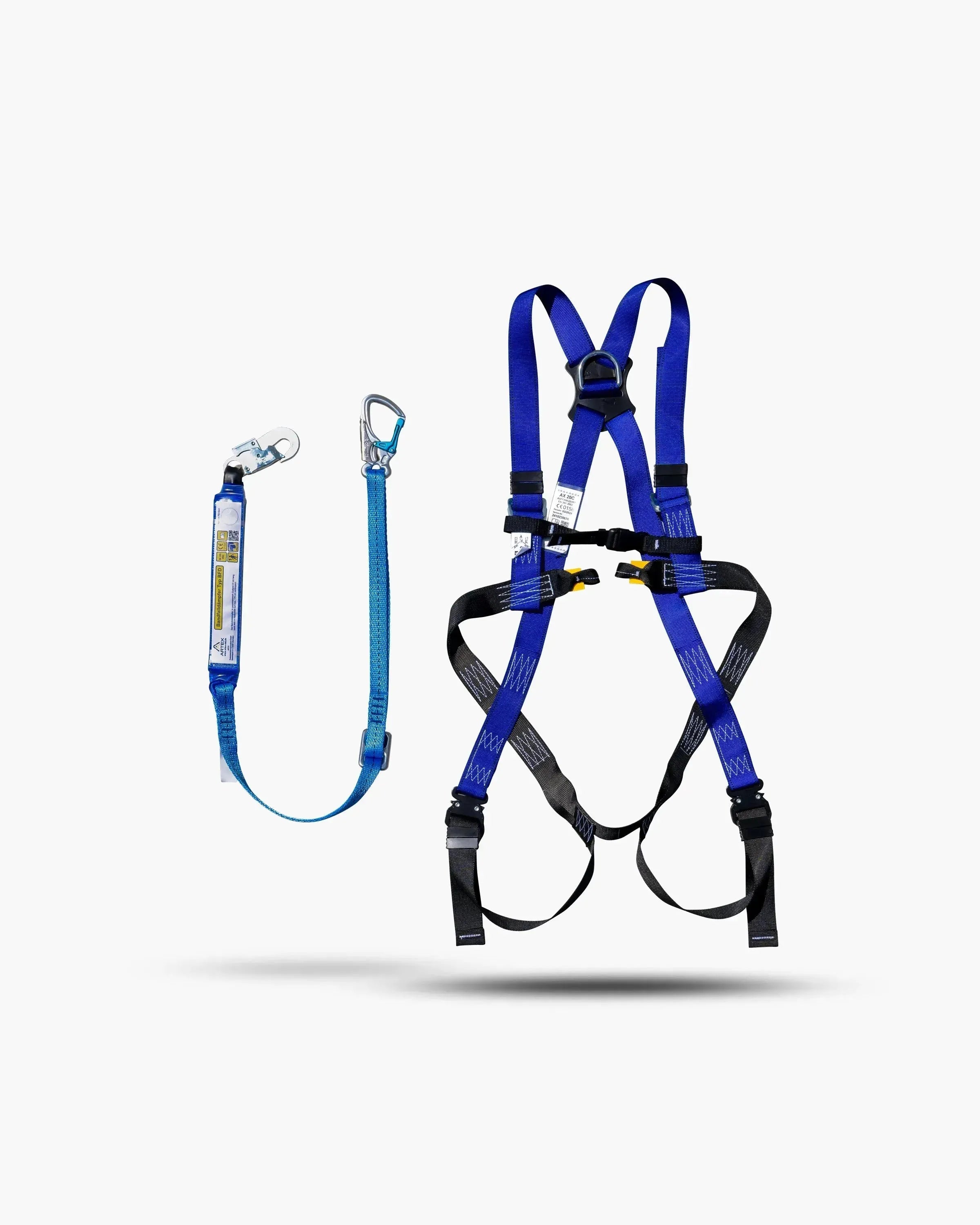Do you want to save time, work more precisely, and move your pallets without having to move the entire forklift? Then a sideshifter is exactly what you need.
What sounds like an accessory is actually a crucial efficiency factor – especially in narrow shelf aisles or when loading with limited space.
In this article, you will learn what a sideshifter on a forklift actually does, what advantages it offers, and when its use really makes sense.
What does a sideshifter do on a forklift?
A sideshifter is a hydraulic attachment that allows you to move the forks sideways – without moving the forklift.
Sounds simple, but in practice, it saves a tremendous amount of time. Instead of having to maneuver, you can slide the fork to the left or right – usually by plus or minus 100 to 150 mm per side .
This means you can position a pallet precisely, even if the forklift isn't positioned exactly in front of it. This makes loading and unloading processes significantly faster and more flexible – especially with trucks or in block storage.
When do you need a side shifter?
Whenever things get tight or things need to happen "quickly".
The use of a side shift is particularly useful in the following cases:
- Loading and unloading of trucks
- Warehouse work in narrow aisles
- Placing pallets in tight spaces
- Block storage with dense stacking
- Load pickup if you cannot drive 100% centrally
Even with uneven floors, crooked pallets or asymmetrical load distribution, the side shifter helps you to compensate for the position – without having to stop or start again.
What specific advantages does a side shifter bring you?
The biggest advantage is clear: time savings.
You no longer have to align the forklift precisely – a small slider handle and the fork is where it needs to be.
Second, less maneuvering means less damage. Especially when loading and unloading trucks or containers, a sideshifter reduces the risk of damaging pallets, goods, or vehicle walls.
Third, you work more efficiently and ergonomically. The driver stays in the seat, the process runs more smoothly—and this impacts the entire material flow.
And last but not least: more flexibility. Even if pallets aren't exactly positioned or a shelf has shifted slightly, you can still work precisely.
Are there any disadvantages?
Not many – but there are a few points you should know:
A sideshift increases the overall height and weight of the attachment. This slightly reduces the residual load capacity of the forklift – depending on the model and attachment type.
In addition, the sideshifter requires a hydraulic connection on the forklift – if this is not available, it must be retrofitted.
Conclusion: If you often work in tight spaces or regularly load and unload trucks, the advantages definitely outweigh the disadvantages.
Sideshift = standard equipment?
Not always – but very often. Many rental forklifts and industrial trucks from BIBERGER are often equipped with sideshifters because they are almost always needed in practice.
The sideshift has long been standard equipment, especially in warehouse logistics, industry or construction site deliveries.
Conclusion: When is a side shift worthwhile?
A sideshift doesn’t make your forklift more powerful – but it does make it significantly smarter.
If you're working in tight spaces, want to load more efficiently, or simply need to maneuver more precisely, this attachment is a real plus.
And the best part: You save time, reduce risk – and don’t have to constantly start over.
At BIBERGER, you can rent forklifts with sideshifters directly – ready for your use, with training on request and tailored to your requirements.















Share:
The crawler track simply explained – advantages, areas of application, machines
The platform extension: More reach without moving